BHG - In the highlands of Ban Phung (Hoang Su Phi), when the harvest season has temporarily subsided, it is not difficult to see the image of La Chi women working diligently every day at their looms, preserving and promoting the traditional weaving craft of their people. This is not only a simple job but also a unique cultural feature, expressing the unique identity of the La Chi people.
Coming to Na Pha village, Ban Phung commune on a leisurely day, when the terraced fields lie quietly waiting for the new harvest, the atmosphere here is bustling in a very unique way. In the simple wooden houses, the sound of shuttles clattering resounds regularly, mixed with the laughter of women attentively working on the looms. Under skillful hands, each cotton thread is gradually woven into simple rough fabrics, carrying the breath of the mountains and forests and the ethnic culture of the La Chi people.
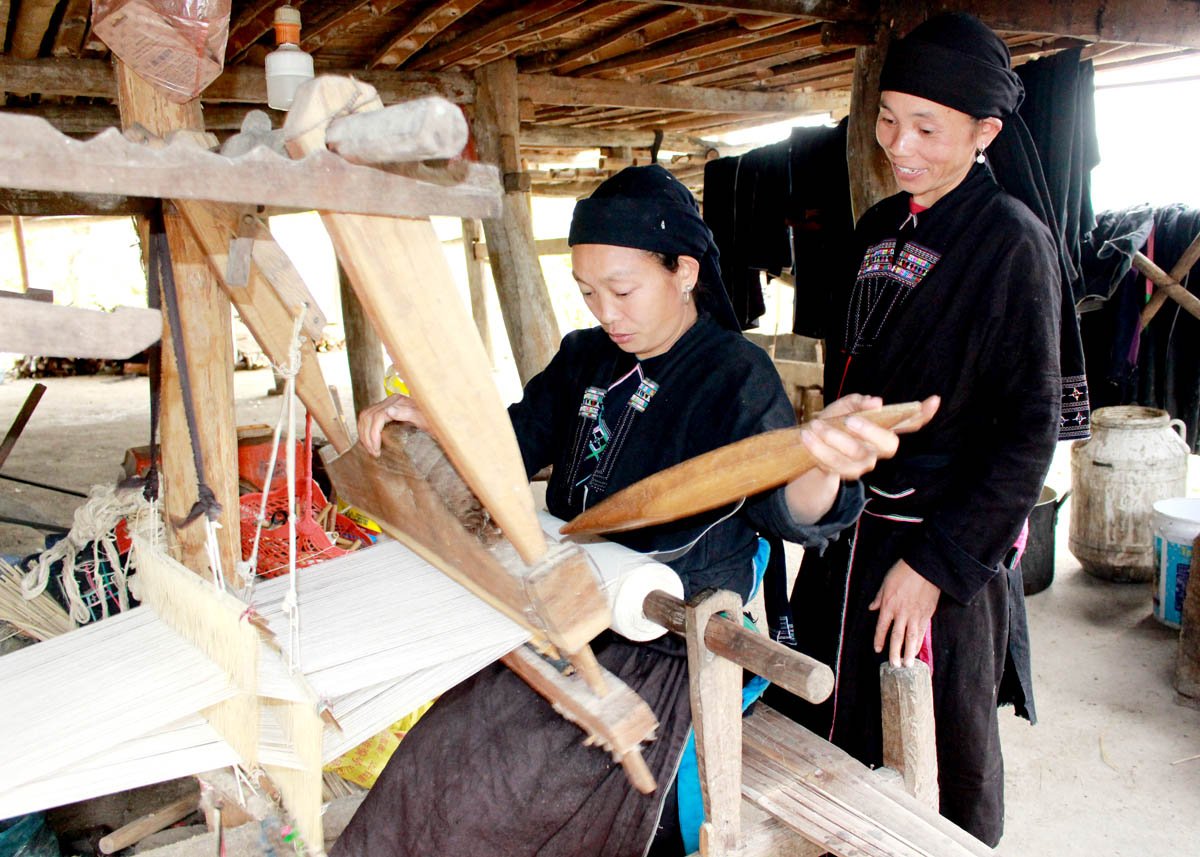 |
| La Chi women at the weaving loom. |
The weaving profession of the La Chi people has existed for hundreds of years, passed down from generation to generation. From a young age, La Chi women are taught by their grandmothers and mothers how to spin, weave and embroider. Woven products not only serve daily needs but also have spiritual significance, appearing in traditional ceremonies of the nation. From rudimentary tools and the skillful hands of La Chi women, their traditional costumes, although rustic indigo, are still very sophisticated. Each product shows the ingenuity of women as well as conveys feelings for family members.
Ms. Vuong Thi Lan, Na Pha village, shared: “For the La Chi people, embroidery and sewing are one of the top criteria to evaluate the quality, morality, dexterity and diligence of La Chi women. From a young age of 5 or 6, girls follow their mothers to the cotton fields, and are meticulously taught by their mothers and sisters every needle and thread so that later they can weave, embroider and sew their own clothes. This is also a way for generations of La Chi people to preserve the traditional weaving craft of the nation.”
The main raw material for weaving is natural cotton, grown and harvested locally. After harvesting, the cotton is processed, spun and then dyed with forest leaves to create color. This process requires skill, perseverance and many years of experience.
Ms. Lan added: “To complete a traditional costume of the La Chi people, the craftsman must go through 13 stages from growing cotton, spinning, dyeing indigo to sewing... In particular, the weaving stage takes a lot of time and requires high dexterity. Skilled workers can weave about 7 - 8 meters of fabric per day. Currently, undyed indigo fabric costs about 80,000 VND/meter, while indigo-dyed fabric is sold for 120,000 VND/meter. This is not only a job to earn a living but also a source of pride for La Chi women in preserving the traditional profession.”
Today, despite the impact of modern life, the traditional weaving craft of La Chi women in Ban Phung is still preserved and promoted. Weaving classes are organized to teach the younger generation, helping them understand and love the traditional craft. In addition, the combination of weaving with community tourism is also opening up a new direction, helping La Chi women earn more income and contribute to preserving this unique cultural feature.
The traditional weaving profession of La Chi women is not only a handicraft but also a cultural symbol and a source of pride for the whole community. Preserving and developing the weaving profession not only helps preserve national identity but also brings sustainable economic development opportunities for the people here.
Article and photos: Nguyen Yem
Source: https://baohagiang.vn/van-hoa/202503/phu-nu-la-chi-xa-ban-phung-luu-giu-nghe-det-truyen-thong-4762a83/





![[Photo] Overcoming all difficulties, speeding up construction progress of Hoa Binh Hydropower Plant Expansion Project](https://vstatic.vietnam.vn/vietnam/resource/IMAGE/2025/4/12/bff04b551e98484c84d74c8faa3526e0)
![[Photo] Closing of the 11th Conference of the 13th Central Committee of the Communist Party of Vietnam](https://vstatic.vietnam.vn/vietnam/resource/IMAGE/2025/4/12/114b57fe6e9b4814a5ddfacf6dfe5b7f)




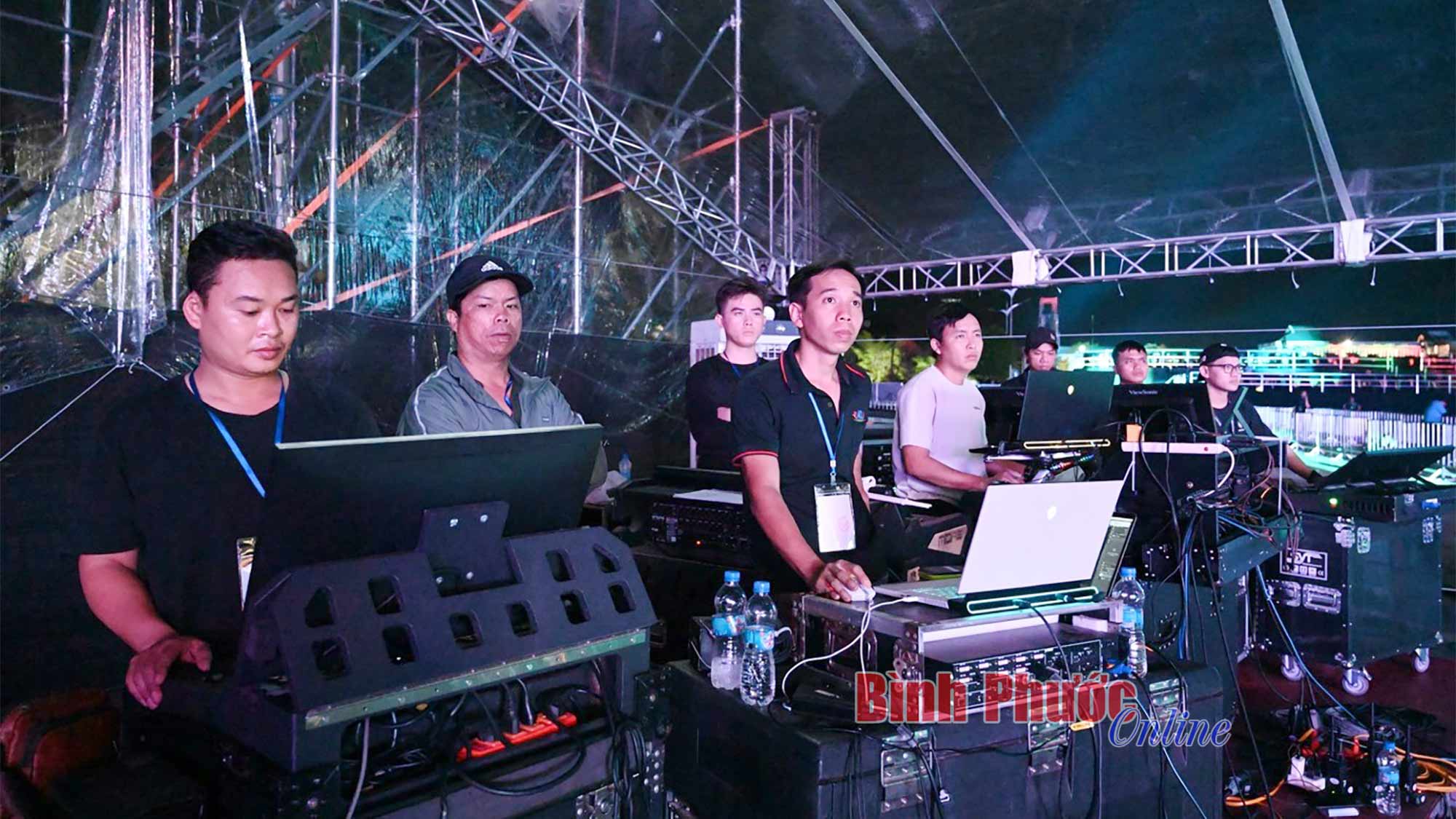





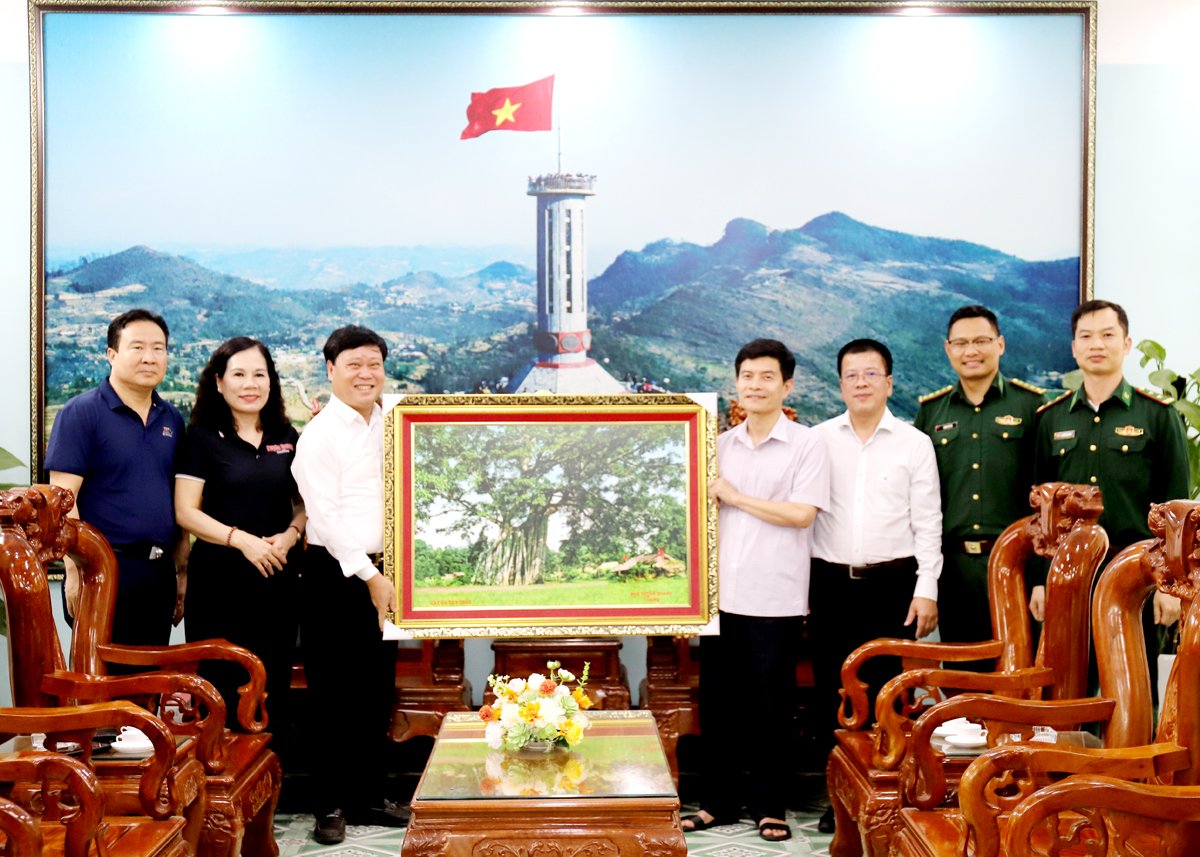

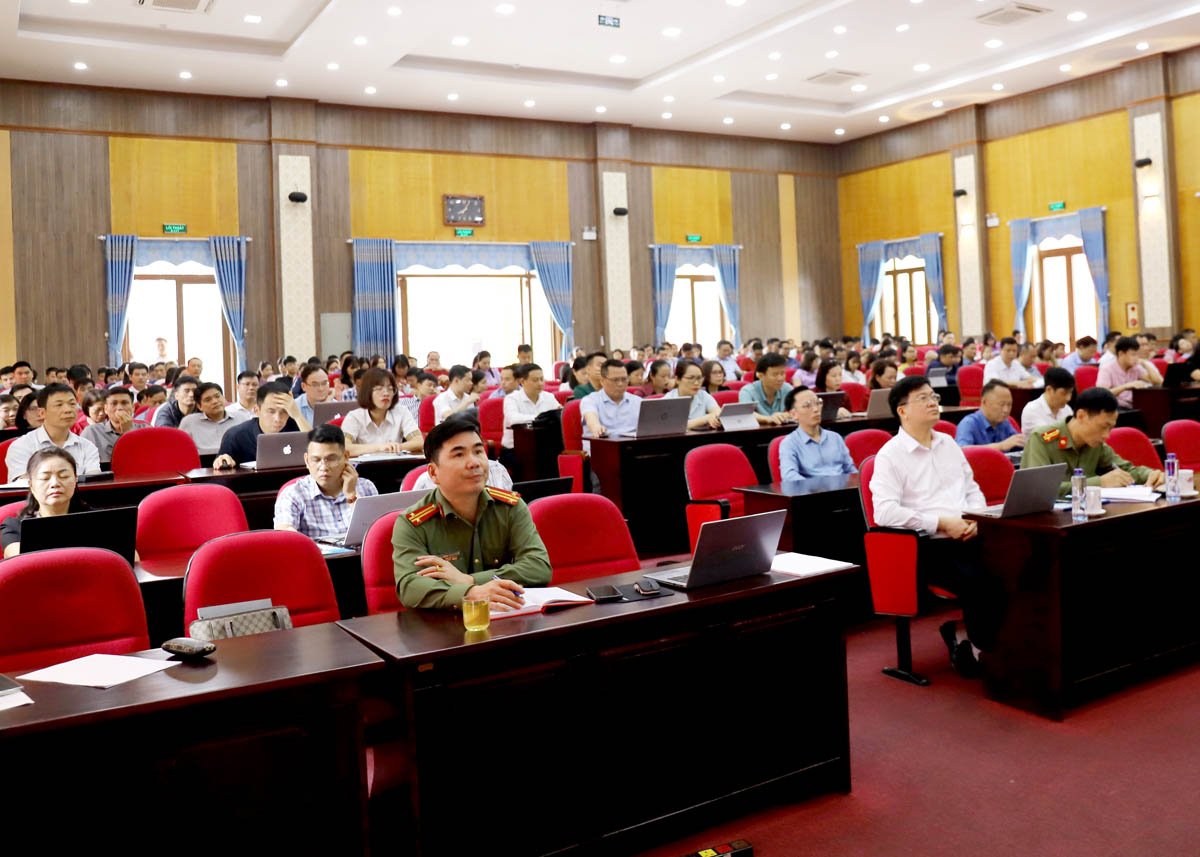
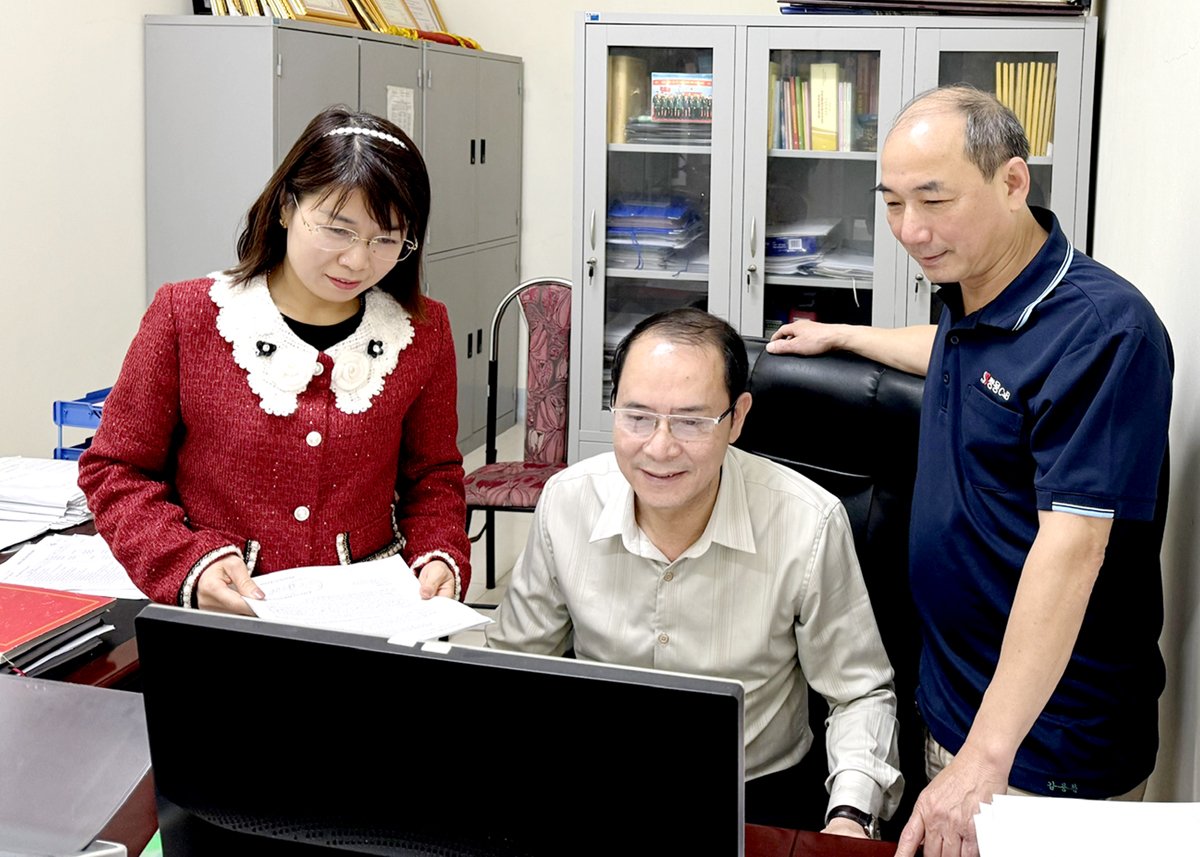
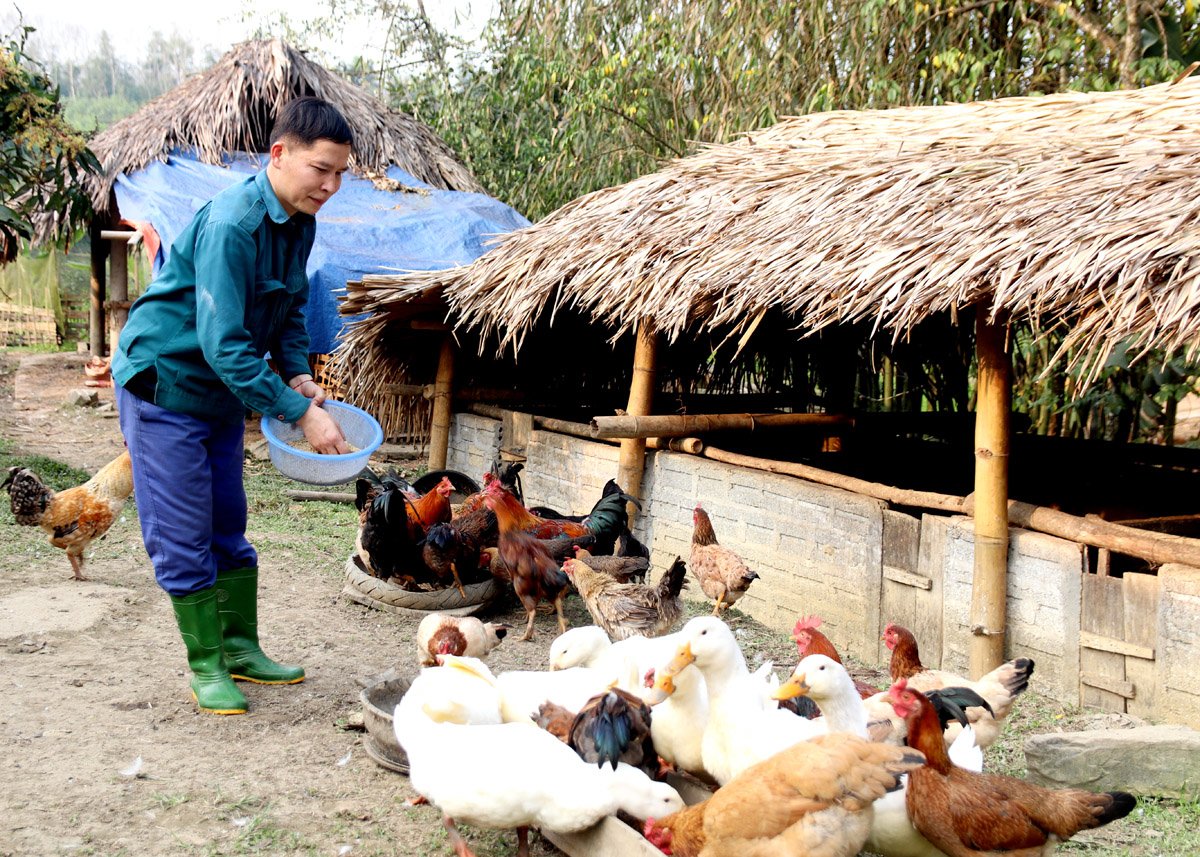
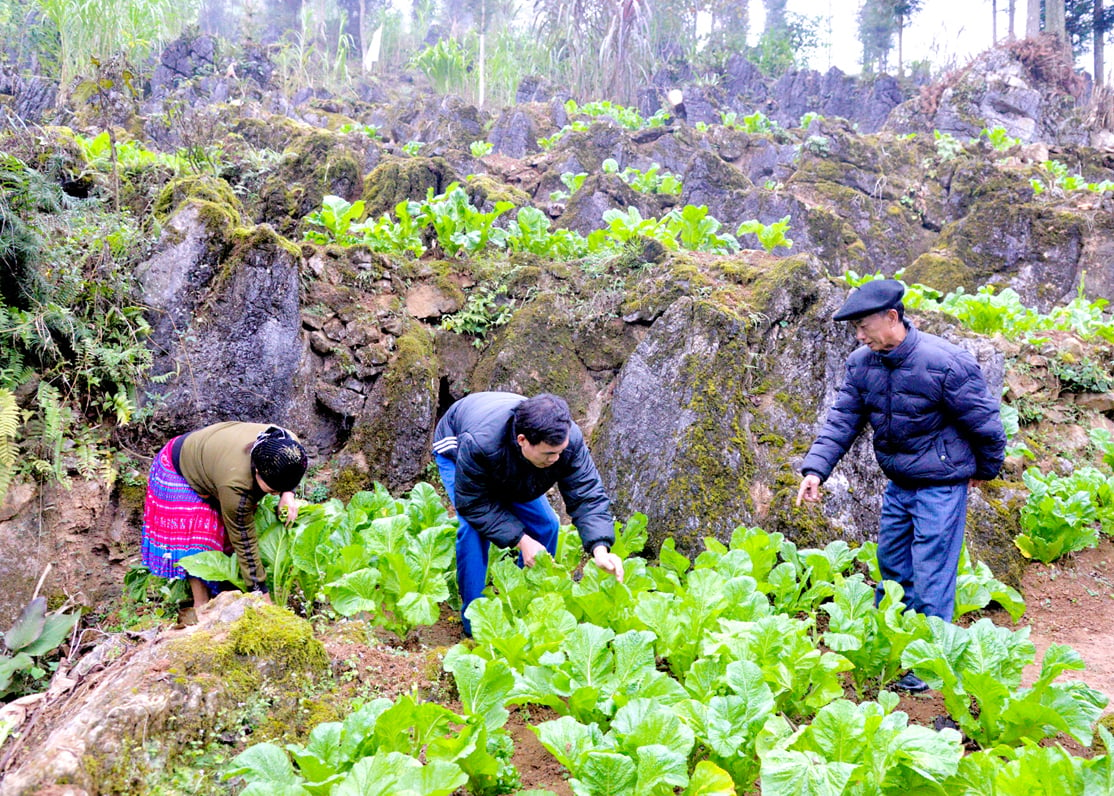














































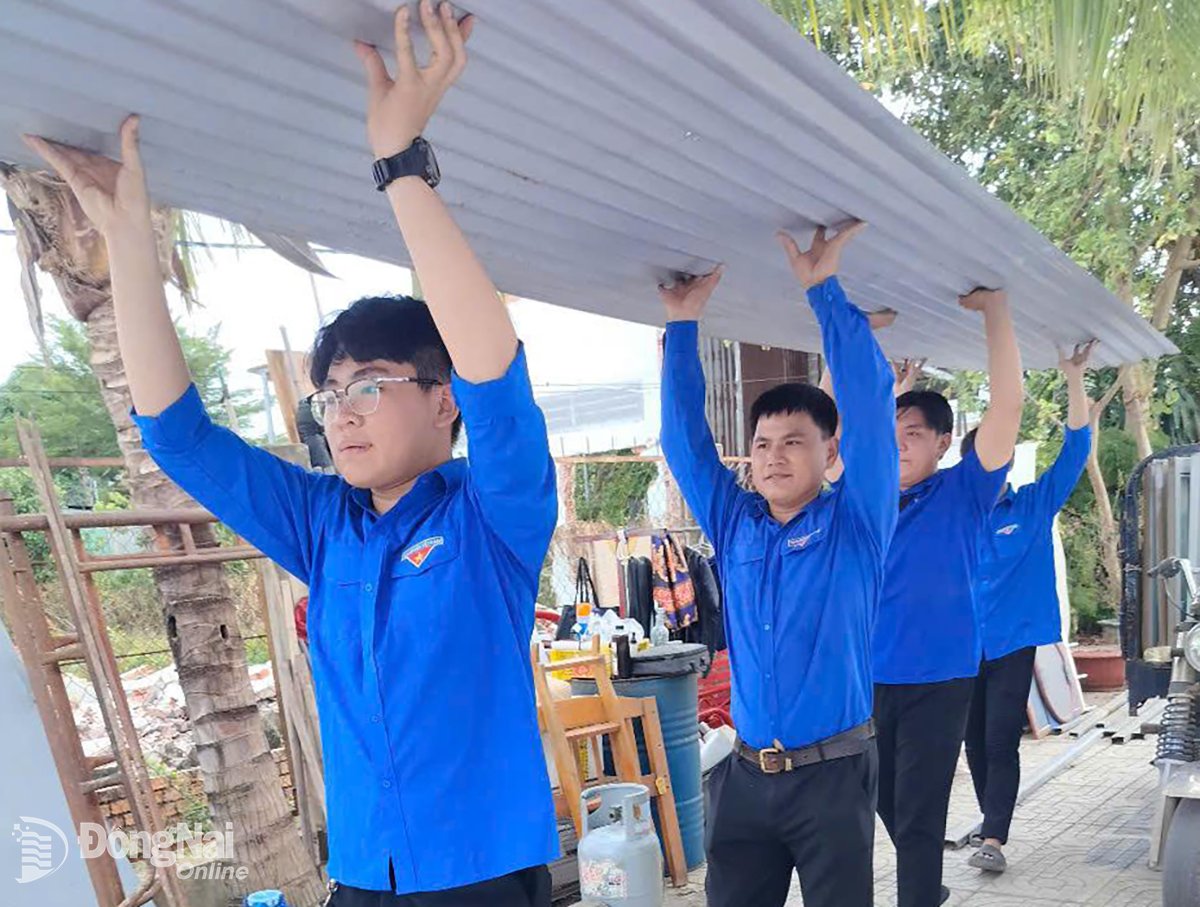

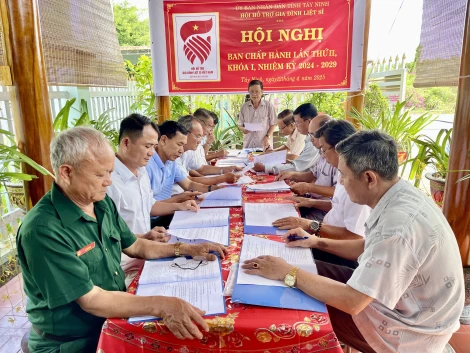

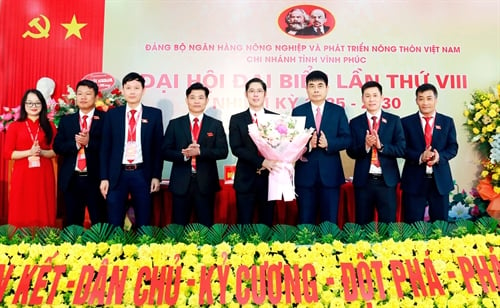












Comment (0)